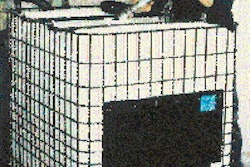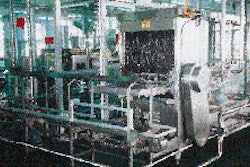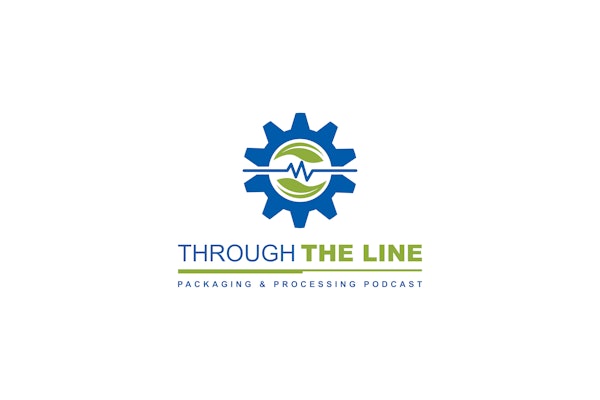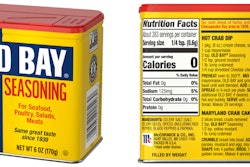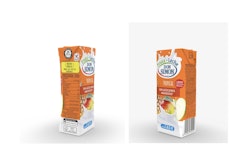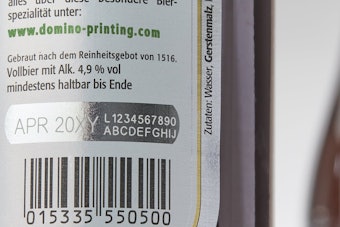But the lines that remain in production will be considerably faster. So said Charles Price of Belvac Production Machinery (Lynchburg, VA) in a paper delivered April 14 at Bev-Pak Americas '97, sponsored by Directions 21 (Sarasota, FL). Despite flat growth in the category, capacity has remained high, making pricing "ridiculously competitive," said Price. "Can makers are forced to grind down their costs, which means the big old can plants will have to give way to modern, higher-speed lines," Price tells Packaging World. According to Price, the average one-piece D&I line today produces 1고 cans/min and 578 million annually. Price predicts that in the year 2001, the average line will produce 1귀 cans/min and 681 million annually. Elsewhere on the can beat, recycling of both aluminum and steel cans is up. The Steel Recycling Institute reported steel can recycling rates climbed to 58.2%, up from 55.9% in 1995. Meanwhile, the Can Manufacturers Institute says aluminum cans recorded a 63.5% recycling rate, a 1.3% increase over the 1995 rate.
Can lines to dwindle; can recycling rates up
The number of can lines producing two-piece drawn-and-ironed aluminum cans for beer and beverages in the U.S. will drop 15%, from 178 to 151, between 1996 and 2001.
May 31, 1997
Companies in this article
Machinery Basics
Annual Outlook Report: Sustainability
The road ahead for CPGs in 2025 and beyond—Packaging World editors review key findings from a survey of 88 brand owners, CPG, and FMCG readers.
Download Now
The AI revolution in packaging robotics is here
Robots that see variations, adjust grip pressure automatically, accept plain-English commands, and predict their own maintenance. Discover how AI is transforming packaging operations.
Read More
Downloads



